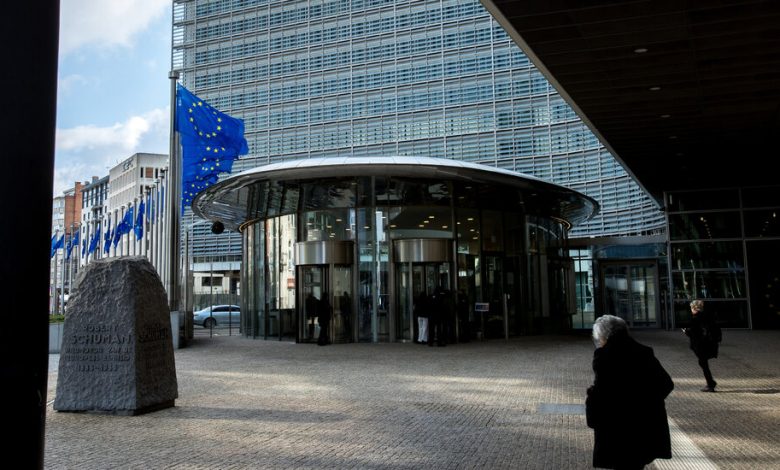E.U. Moves to Tap Frozen Russian Assets to Help Ukraine

Following months of political wrangling, the European Union on Tuesday officially began a lengthy process to deliver on its pledge to use money derived from frozen Russian central bank assets toward the reconstruction of Ukraine.
The European Commission, the bloc’s executive arm, said it had agreed on a proposal detailing a legal way to use interest earned and other profits from these assets, which are held in European financial institutions, to Ukraine’s benefit. But contrary to the usual practice, the commission has not disclosed publicly its contents, reflecting how politically fraught the plan is for many of member nations.
The plan has the potential to provide Ukraine up to 3 billion euros ($3.25 billion) a year, or as much as €15 billion from 2023 to 2027, said an official involved in the process who was not authorized to speak about it publicly. But those figures could vary according to market conditions.
Tuesday’s proposal still has a way to go before it can be implemented. It must be approved by the European Parliament and all 27 member states, and is expected to face resistance from some countries. France, Germany and Italy expressed objections, according to the official, and Hungary has been blocking a separate financing mechanism for Kyiv, which the leaders are expected to discuss at a summit later this week.
We are having trouble retrieving the article content.
Please enable JavaScript in your browser settings.
Thank you for your patience while we verify access. If you are in Reader mode please exit and log into your Times account, or subscribe for all of The Times.
Thank you for your patience while we verify access.
Already a subscriber? Log in.
Want all of The Times? Subscribe.
